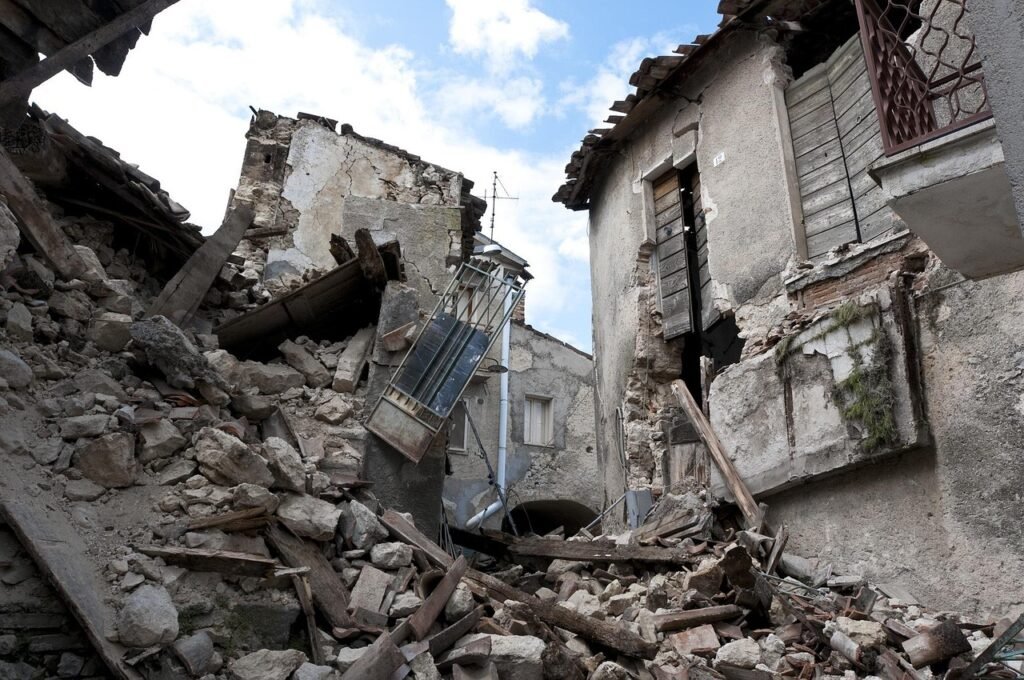A series of powerful earthquakes off Russia’s Far East coastline sent shockwaves—both literal and figurative—around the globe on 20 July 2025. The seismic sequence, which included a massive magnitude 7.4 quake, prompted swift tsunami warnings for coastal regions, putting authorities and residents on alert. As news of the event spread, UK experts and the public paid close attention, considering the implications for international safety and disaster preparedness. Here is a clear account of what unfolded, what it means for those living near the Pacific Rim, and how the situation was ultimately resolved.
The Earthquake Event: A Closer Look
On Sunday, 20 July 2025, several strong earthquakes struck off the eastern coast of Russia’s Kamchatka Peninsula. The largest measured 7.4 on the Richter scale, followed closely by a series of powerful aftershocks, including quakes above magnitude 6.0. The United States Geological Survey (USGS) pinpointed the epicenter to a location approximately 140 to 150 kilometres east of Petropavlovsk-Kamchatsky, the regional capital and home to around 180,000 people. The quakes occurred at a depth of about 20 kilometres, making them shallow enough to pose a potential tsunami threat.
Residents in the region reported feeling the tremors, but there were no immediate indications of major destruction or casualties. In towns such as Petropavlovsk-Kamchatsky, Yelizovo, and Vilyuchinsk, local media indicated that shaking was strong enough to startle residents and rattle buildings, but structural damage appeared limited.
The Immediate Tsunami Warning
What made headlines worldwide was the rapid issuance of a tsunami warning. Within minutes of the strongest quake, the Pacific Tsunami Warning Center (PTWC) raised alarms for the Kamchatka Peninsula and then for distant Pacific locations, including the Kuril Islands and Hawaii. Russian authorities instructed residents in coastal settlements to remain away from the shore, with officials warning of potential waves reaching up to 60 centimetres in some locales. The Russian Ministry of Emergency Situations urged the public not to approach the coast under any circumstances to observe the sea, a message meant to discourage risky behaviour that can sometimes accompany natural disaster curiosity.
The scope of the warning rapidly drew global attention. Seismologists warned that hazardous tsunami waves were possible within 300 kilometres of the epicentre. Initially, a tsunami watch was also declared for Hawaii, which was cancelled after about forty minutes. Forecasts for Russian coastal areas indicated that the most at risk were the Aleutian Municipal District (up to 60 cm waves), Ust-Kamchatka Municipal District (up to 40 cm), and Petropavlovsk-Kamchatsky District (up to 15 cm). While these heights are less than destructive, they are still dangerous for boats, swimmers, and coastal infrastructure.
Understanding the Kamchatka Region’s Risk
The Kamchatka Peninsula is no stranger to seismic activity. It lies at the convergence of the Pacific and North American tectonic plates, which makes it a hotbed for both earthquakes and volcanism. Since 1900, the area has experienced at least seven major earthquakes of magnitude 8.3 or greater. The region is well monitored by international and local agencies, and Russian emergency services have rehearsed response and evacuation protocols.
Historic events offer perspective on the dangers: the 1952 Kamchatka earthquake, one of the most powerful ever recorded at magnitude 9.0, triggered tsunami waves as high as nine metres in Hawaii, though it caused little loss of life in Russia due to the area’s sparse population. Despite improved warning systems, the risk remains significant, driven by the underlying geology and proximity to the Pacific Ocean.
The All-Clear: Cancellation of the Tsunami Warning
As data from deep-sea sensors, tide gauges, and seismic networks poured in, disaster response agencies adjusted their warnings. Within a few hours, the Russian Ministry of Emergency Situations, the PTWC, and officials in Hawaii confirmed that no major tsunami waves had materialised in populated areas. Authorities reported small fluctuations in sea level—up to 60 centimetres in some sparsely populated regions and generally less than 40 centimetres elsewhere—well within safety margins and below the destructive threshold. Residents remained on heightened alert for a time, but evacuation was not deemed necessary.
Governor Vladimir Solodov of Kamchatka announced that by the time the predicted waves would have arrived, no tsunami of significant size had been observed. Emergency personnel returned to normal operations while emphasising the continuing risk of aftershocks, a common feature after large seismic events.
Global Impact and Lessons for the UK
Although the main effects were felt locally, the Russian earthquake and subsequent tsunami warning underscore important points for international observers. The rapid and widespread alerts demonstrated the reach of the global monitoring and emergency response system. In recent years, the UK has invested in both its emergency warning protocols and its tsunami early warning capabilities through partnerships with international agencies.
UK experts highlight that while the risk of a major tsunami directly impacting British shores is extremely low, global travel and trade connections mean that events like this affect UK citizens abroad, shipping lanes, and global supply chains. Furthermore, the British scientific community plays a role in the international network that monitors seismic activity and helps prepare for such disasters.
Expert Commentary and Official Statements
Seismologists speaking to UK news outlets point to the efficiency of the Kamchatka Peninsula’s systems. Dr. Helen Jenkins, a geophysicist at the British Geological Survey, noted that, “Major quakes in this region are not uncommon, but due to low population density and effective early warning measures, the risk to life can be significantly reduced.” She added that the key to minimising loss is maintaining investment in detection and public education.
Conclusion
The July 2025 earthquake off Russia’s Pacific coast provided a test of international seismic warning systems and demonstrated the potential for swift, effective action in the face of natural disaster. Residents were shaken but, thanks to immediate warnings and the mercifully limited force of the resulting sea changes, the region was spared major calamity this time.
To read more click here

